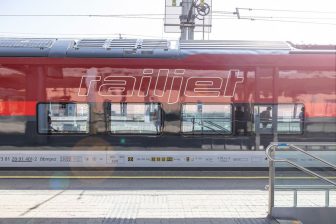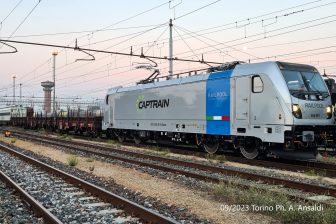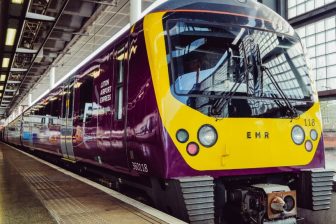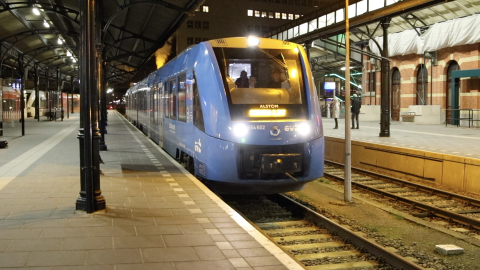
Report from a night-time trial on a hydrogen train
On Saturday, 7 March, a Coradia iLint hydrogen-powered train was shown to the press and public in Groningen. Every night until 14 March, ProRail, Arriva, Alstom and Dekra Rail are conducting trials with this sustainable train between Groningen and Leeuwarden. This report is from the editors of RailTech and SpoorPro, who went along for the ride on Tuesday night.
The trials are part of plans by the Province of Groningen to make rail transport in the north of the Netherlands more sustainable. Currently, the majority of the trains used are diesel-powered. ProRail, Arriva, Alstom and Dekra Rail are carrying out night-time trials with hydrogen trains, to investigate if this type of train can be put into service, potentially replacing the more polluting trains now in use. Energy supplier Engie installed the tank and provided the green hydrogen.
For the trial, ProRail’s Innovation Programme Manager Michiel Deerenberg and Assistant Route Manager Corné van Doorne, Dekra Rail’s Test Coordinator Eva Italiaander, Alstom’s Project Manager Sebastiaan van de Zee and two drivers were on board.
Night-time trial
Michiel Deerenberg, Innovation Programme Manager ar ProRail: “During the test runs, we are looking, amongst other things, at whether the hydrogen-powered train can run according to a timetable, how easy it is to refuel the tank, how much energy the train uses, whether the train detection system recognises the train, and whether level crossings open and close on time.”
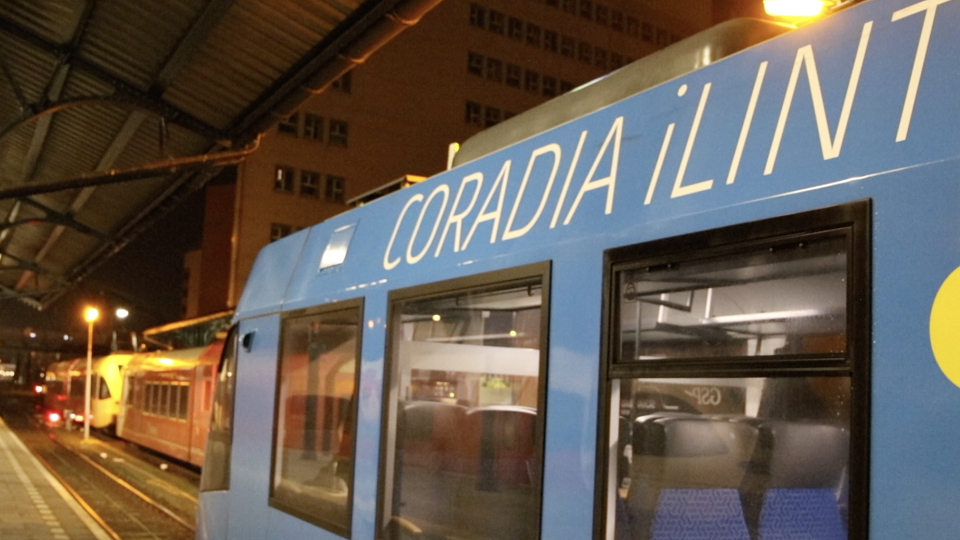
Eva Italiaander from Dekra Rail is the trials’ test coordinator: “Dekra Rail is involved in the trial as DeBo and AsBo. A Designated Body tests again the national laws, thus the Spoorwegwet and the regulations on introducing a train into service. An Assessment Body carries out the safety assessment.”
“For example, we have looked at whether the hydrogen installation on the roof is safe enough. An inspection had already been conducted around the strictest safety norm, which concerns safety in tunnels. This train complies with almost all elements of Dutch law, apart from the fact that it has no ATB. We have overcome this by running the trials during train-free times of the day, and having a second train driver on board to focus on the signals.”
Passenger service in Germany
While this is the first time that a hydrogen-powered train has been tested in the Netherlands, the Coradia iLint has already been used for two years for passenger service in Germany, explains Project Manager Sebastiaan van de Zee from Alstom. “Two prototypes of the iLint run on the railway line between Cuxhaven, Bremerhaven, Bremervörde and Buxtehude as replacements for diesel trains. The train we’re using right now is one of these prototypes, borrowed from Germany. It already has 200,000 kilometres on the clock.”
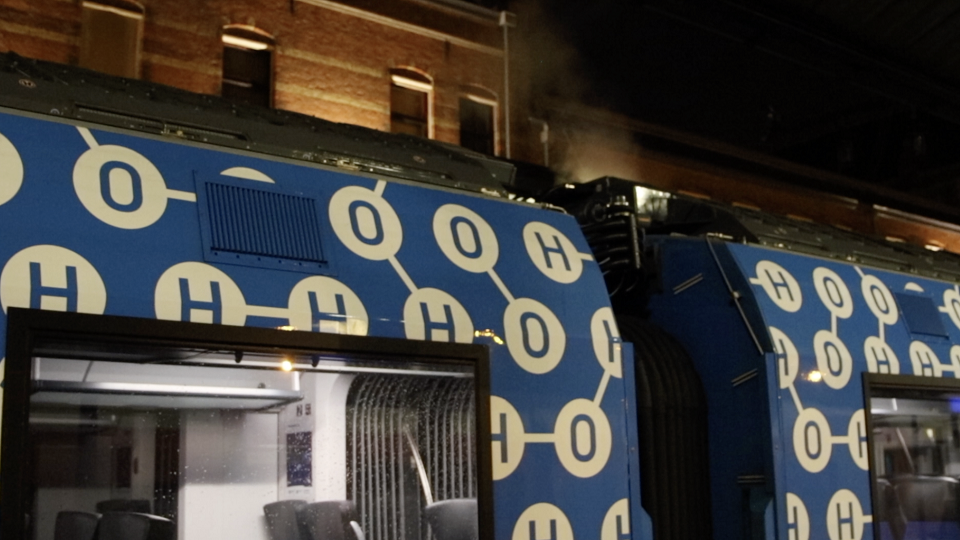
In Germany, thanks to the popularity of the Coradia iLint, a total of 41 new trains have been ordered. The transport authority LNVG, which is running the two prototypes, has ordered a further 14 hydrogen-powered trains, and the transport authority RMV will operate 27 hydrogen trains in Hessen from 2022.
“The new Coradia iLint train will be equiped with a larger battery that has a reach of distances of 1000 kilometres. The first trains will be delivered in 2021. The train we’re on now can travel 500 to 600 kilometres on one tank”, explains Van der Zee.
Coradia iLint
Alstom’s hydrogen-powered train is based on the diesel train Coradia Lint 54. “Actually what we’ve done is added a fuel cell to the roof of the train. The battery under the floor can deal with peaks during braking and accelerating”, says Van der Zee. The fuel cell delivers electricity by combining the hydrogen stored in the tanks with oxygen from the air. This produces only steam and condensed water, making the train a zero-emission vehicle. The lithium-ion battery under the train stores energy from the fuel cell when it is not needed to create traction.
The battery also collects brake energy and delivers energy as soon as the train is put into a higher gear. When the train is in a lower gear, electricity produced by the fuel cell charges the battery. “This hydrogen-powered train has a smart energy management system like you see with car manufacturer Tesla.”
Alongside Germany, other European countries, including the Netherlands, are looking at how they can make the railways more sustainable. According to estimations by Alstom, electrification of rail lines would cost around one million euros per kilometre. On the Dutch rail network, there are 113 passenger trains that run on diesel, on around 500 kilometres of non-electrified track. Arriva operates over one hundred of these, while the remainder is run by Keolis and Connexxion.
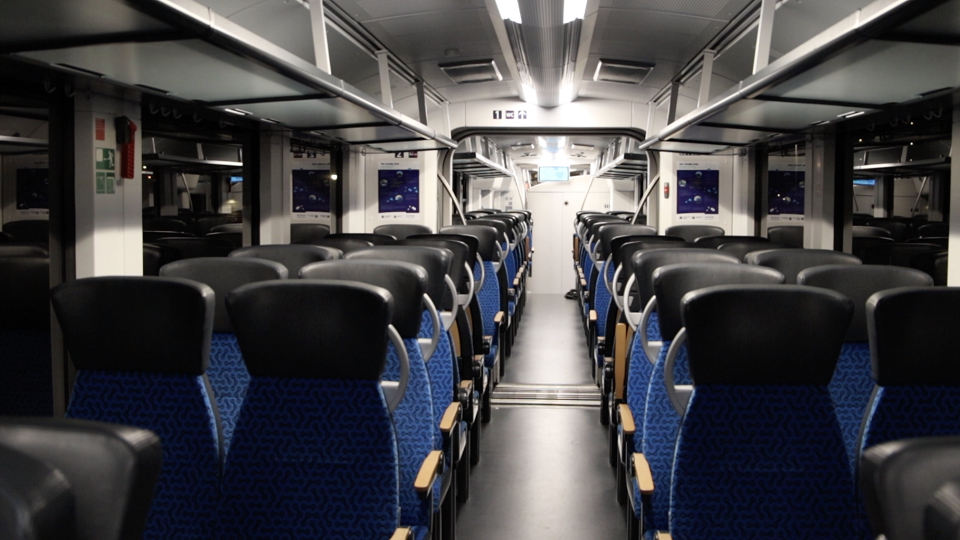
Deerenberg: “In the Netherlands, installing overhead power lines is relatively expensive and very time-consuming. We have sustainability objectives and would really like to see an end to diesel trains, so we’re very happy to work on trials with alternative fuels.”
ProRail took various measures before the trials could happen, explains Deerenberg. “The tank is filled on ProRail grounds. We used the environmental permit to get permission from the Municipality of Leeuwarden for the installation of the hydrogen tank.”
“We ensured that an end-of-life measure was postponed,” adds Corné van Doorne, Assistant Route Manager at ProRail. “Contractor Strukton should actually be doing maintenance at night-time. Furthermore, we earthed the track in Leeuwarden, where the refuelling is being done, to avoid the possibility of sparks. As hydrogen is very flammable, this extra measure was required to ensure refuelling could be done safely.”
The trials with the hydrogen-powered train align with plans announced last week by Gasunie, Groningen Seaports and Shell Nederland for the production of green hydrogen from a mega offshore windfarm. By 2040, it is forecast that 800,000 tonnes of green hydrogen will be produced per year, initially in the transhipment port of Eemshaven in Groningen and potentially also at sea. Green hydrogen, made from renewable sources such as wind and solar energy, is a vital element of the Dutch Climate Agreement (Klimaatakkoord) and the European ‘Green Deal’.
Read also:

